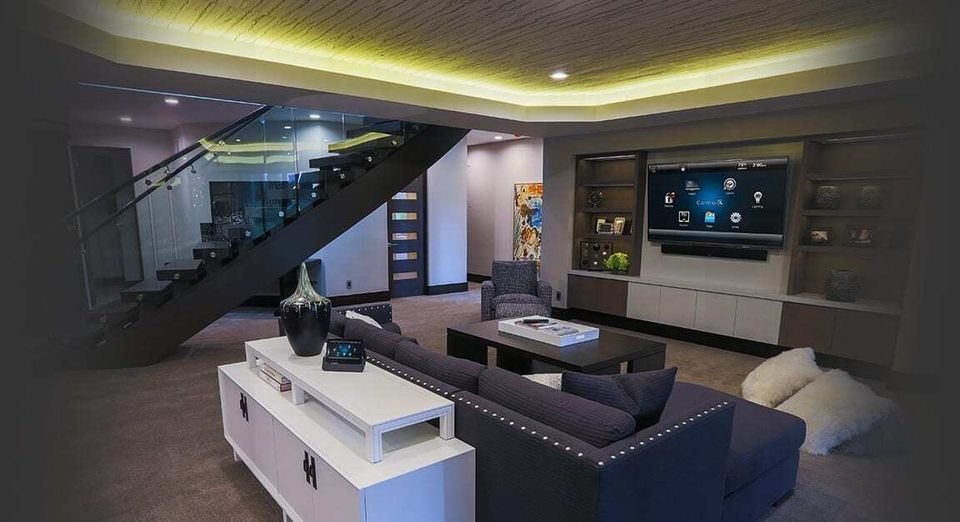Integrating Legacy Platforms with Advanced Audio Connectivity Technologies to achieve Enhanced Efficiency and Adaptability.
Integrating Legacy Platforms with Advanced Audio Connectivity Technologies to achieve Enhanced Efficiency and Adaptability.
Blog Article
In the current fast-paced landscape of sound technologies, the need to improve efficiency and adaptability in audio systems is more crucial than ever before. Numerous entities and venues still depend on outdated technologies, which are older technologies that may not have the capabilities of contemporary devices. However, integrating these legacy systems with cutting-edge audio communication technologies can lead to substantial improvements. Sound communication allows for improved communication between equipment, making it simpler to manage and operate sound throughout different areas.
One of the primary benefits of combining legacy technologies with modern audio communication is increased adaptability. Traditional sound systems often require complex cabling and restricted routing choices. With audio communication solutions like Dante or AVB, sound signals can be sent over conventional Ethernet connections. This means that operators can readily link multiple units without the need for extensive rewiring. Whether within a concert venue, a educational auditorium, or a business event, this adaptability enables for quick modifications and modifications to the sound configuration without significant delays.
Performance is a further significant factor audiovisual system upgrades that enhances when outdated technologies are upgraded with up-to-date communication solutions. Outdated systems may have difficulty to provide high-quality sound, especially in larger spaces or during complex occasions. By implementing sound networking, organizations can leverage of advanced capabilities such as low latency, synchronization, and electronic signal processing. These advancements assist ensure that sound is distinct and consistent, improving the overall quality for audiences and performers alike. This transition can make a noticeable difference in the way audio is perceived in different settings.
Moreover, harmonizing outdated technologies with modern technologies can lead to financial benefits in the long term. Although modernizing to new devices may require an upfront cost, the efficiency gained through audio networking can reduce maintenance expenses and decrease the need for ongoing repairs. Additionally, connected technologies often need less physical space than conventional setups, which can save on property expenses in venues. Entities can distribute funds better effectively, utilizing the money they retain to allocate resources in additional important areas.
Lastly, educating staff on the method to operate combined technologies becomes simpler with audio networking. Many modern audio networking platforms come with user-friendly interfaces and remote control capabilities. This indicates that even those who may lack extensive technological knowledge can learn to operate and control the sound solutions effectively. Educational programs can be developed focused on these technologies, enabling staff to manage and troubleshoot technologies with confidence. By blending the old with the new, organizations can create a more competent and skilled team, in the end leading to improved audio outcomes for all involved.